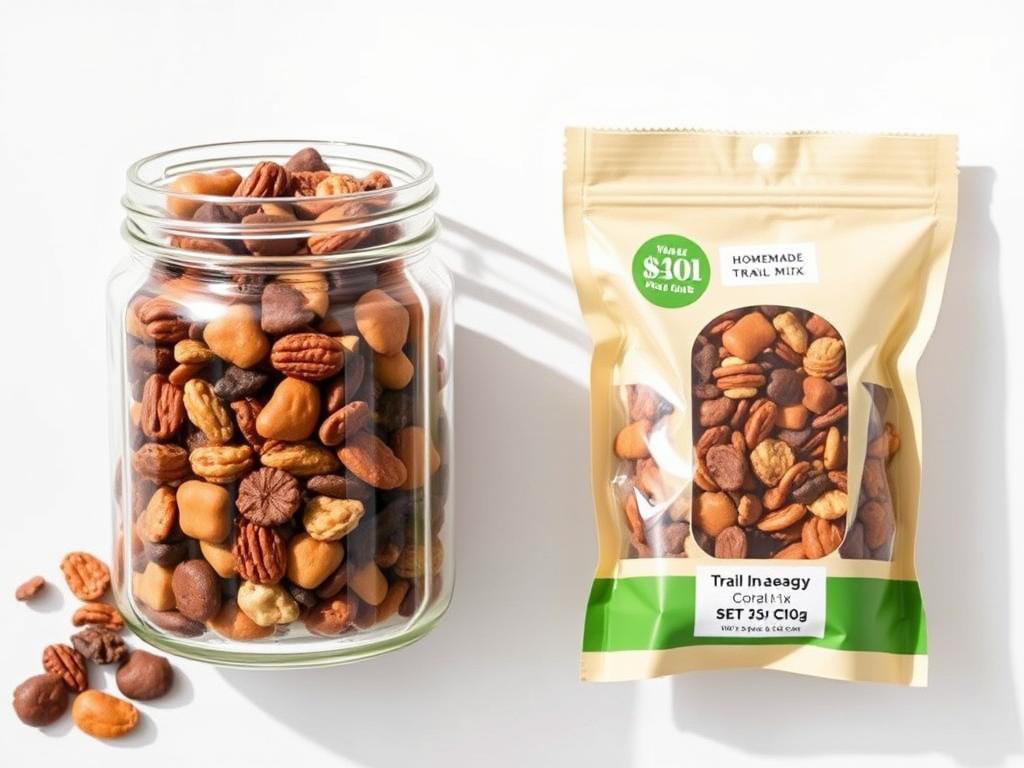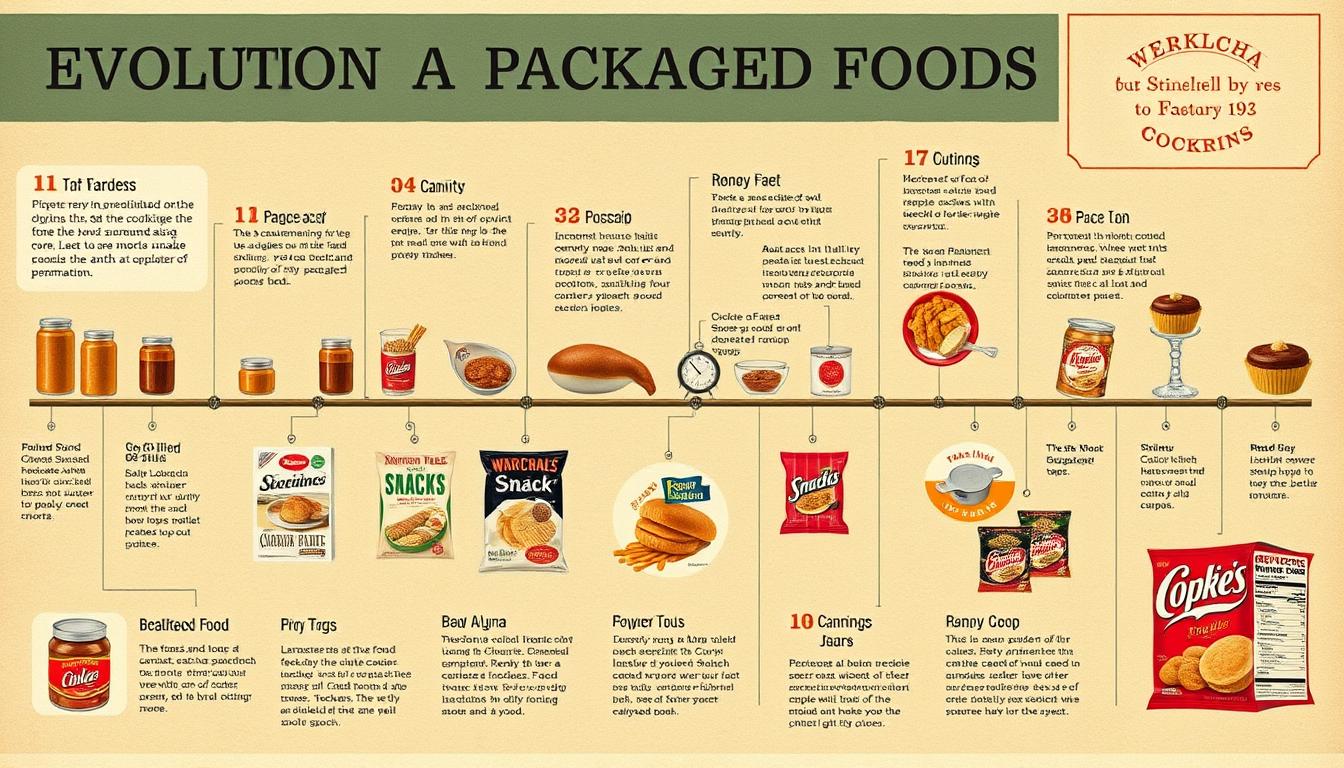Best Retirement Investment Strategies for Millennials and Gen Z
If you’re a millennial or Gen Z, retirement might seem like a distant concern. With student loans, rising housing costs, and everyday expenses competing for your attention, saving for something 40+ years away often falls to the bottom of the priority list. But here’s the truth: starting your retirement planning now—even with small contributions—could be the single most powerful financial move you’ll ever make. Today’s younger generations face unique financial challenges, yet they also have one incredible advantage: time. This comprehensive guide explores the most effective retirement investment strategies specifically designed for millennials and Gen Z, helping you leverage the power of time to build substantial wealth for your future. See How Early Investing Transforms Your Retirement Use our retirement calculator to discover how starting now—even with small amounts—can lead to significant wealth over time.Try Our Retirement Calculator Why Early Retirement Planning Is Crucial Having time on your side is a tremendous advantage when saving for retirement. The earlier you start, the less you need to contribute each month to reach the same goal. This is due to compound interest—what Einstein allegedly called “the eighth wonder of the world.” Consider this eye-opening example: If 25-year-old Alex invests $300 monthly with a 7% average annual return, they’ll have approximately $1,000,000 by age 65. Meanwhile, if 45-year-old Jordan starts investing $1,000 monthly with the same return, they’ll have only about $600,000 by 65—despite contributing more than twice as much money overall. The Magic of Compound Growth Compound growth works by generating earnings not just on your initial investment, but also on the accumulated interest over time. This creates a snowball effect that accelerates dramatically the longer your money remains invested. “Time may be the biggest factor in growing your wealth. I can’t stress enough how important it is to start putting money away as early as you can,” says Oliver Small, VP of Savings and Everyday Banking Solutions at Tangerine. “Did you ever hear someone say that ‘the best time to invest was yesterday?’ It may be a cliché but it’s also often true.” Even small contributions can make a significant difference when you have decades ahead of you. Starting with just 4% of your income can build substantial retirement savings over time. 7 Powerful Retirement Investment Strategies for Millennials and Gen Z Each of these strategies offers unique advantages. The key is finding the right mix that aligns with your financial goals, risk tolerance, and time horizon. 1. Roth IRA: Tax-Free Growth for Young Investors A Roth IRA is often considered the ideal retirement account for younger investors. Unlike traditional retirement accounts, Roth IRAs are funded with after-tax dollars, meaning your qualified withdrawals in retirement are completely tax-free. This is particularly advantageous for millennials and Gen Z who are likely in lower tax brackets now than they will be later in their careers. By paying taxes on your contributions today, you avoid paying taxes on potentially decades of investment growth. 4.8 Excellent for young investors Tax Advantage 4.8 Flexibility 4.5 Long-term Growth 4.7 Getting Started with a Roth IRA: 2. 401(k) Plans: Capitalize on Free Money If your employer offers a 401(k) plan, this should be a cornerstone of your retirement strategy—especially if they provide matching contributions. Employer matching is essentially free money that instantly provides a 50-100% return on your contributions. For example, if your employer matches 50% of your contributions up to 6% of your salary, and you earn $60,000 annually, contributing the full 6% ($3,600) would earn you an additional $1,800 from your employer each year. Many young workers make the costly mistake of not contributing enough to get the full employer match. Even if you’re focused on paying down debt, try to contribute at least enough to capture this free money—it’s an immediate return you won’t find elsewhere. 401(k) Advantages 401(k) Considerations Not Sure About Your 401(k) Options? Schedule a free consultation with a retirement specialist to maximize your workplace benefits.Book Your Free Consultation 3. Low-Cost Index Funds and ETFs: Simple, Effective Investing For millennials and Gen Z investors who want a simple yet effective approach to building wealth, low-cost index funds and exchange-traded funds (ETFs) are ideal. These investment vehicles track market indexes like the S&P 500, providing instant diversification across hundreds or thousands of companies. “The simplest approach to diversifying your investments is through low-cost index funds or ETFs. They provide broad market exposure without requiring you to pick individual stocks, and their low fees mean more of your money stays invested and working for you.” — Warren Buffett, legendary investor Why Index Funds Work for Young Investors: Popular Index Funds for Beginners: 4. Target-Date Retirement Funds: Set-It-and-Forget-It Investing Target-date funds offer a convenient “set-it-and-forget-it” approach to retirement investing. You simply select a fund with a target year close to when you plan to retire (e.g., 2060 or 2065 for many millennials and Gen Z), and the fund automatically adjusts its asset allocation over time. These funds start with a growth-oriented portfolio heavily weighted toward stocks when retirement is decades away. As your target date approaches, they gradually shift to more conservative investments like bonds to protect your accumulated wealth. Target-Date Fund Tip: While convenient, these funds sometimes have higher expense ratios than building your own portfolio of index funds. Compare fees before investing, as even a 0.5% difference in annual fees can reduce your final balance by tens of thousands of dollars over decades. 5. Real Estate Investment Options Real estate can be a valuable component of a diversified retirement portfolio, offering both potential appreciation and income. For millennials and Gen Z who may not be ready to purchase property directly, there are several accessible ways to invest in real estate: Investment Type Minimum Investment Liquidity Potential Return Risk Level Real Estate Investment Trusts (REITs) As low as $1 with fractional shares High (publicly traded) 7-12% annually Moderate Real Estate Crowdfunding $500-$10,000 Low to Medium 8-15% annually Moderate to High REIT Index Funds/ETFs Price of one share High 6-10% annually Moderate Rental Properties … Read more




